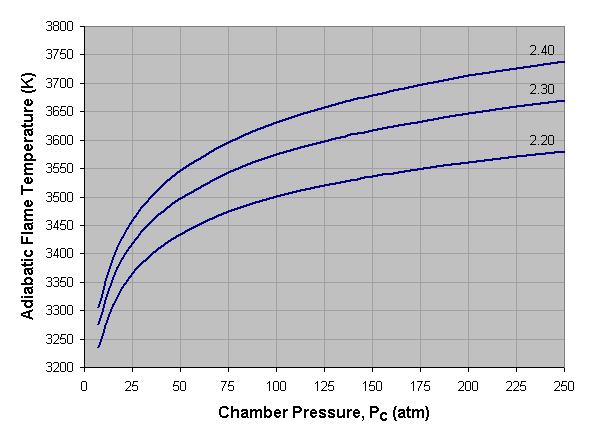

Because heat is created by the random motion of molecules, materials at cryogenic temperatures are as close to a static and highly ordered state as is possible. At these extreme conditions, such properties of materials as strength, thermal conductivity, ductility, and electrical resistance are altered in ways of both theoretical and commercial importance. Cryogenic temperatures are considerably lower than those encountered in ordinary physical processes. Conversion from the Celsius to the Kelvin scale can be done by adding 273 to the Celsius scale. Cryogenic temperatures are usually described in the absolute or Kelvin scale, in which absolute zero is written as 0 K, without a degree sign. The cryogenic temperature range has been defined as from −150 ☌ (−238 ☏) to absolute zero (−273 ☌ or −460 ☏), the temperature at which molecular motion comes as close as theoretically possible to ceasing completely. By the 1920s and 1930s temperatures close to absolute zero were reached, and by 1960 laboratories could produce temperatures of 0.000001 K, a millionth of a degree Kelvin above absolute zero. Three years later the propensity of many supercooled metals to lose all resistance to electricity-the phenomenon known as superconductivity-was discovered. In 1895, when it had become possible to reach temperatures as low as 40 K, air was liquefied and separated into its major components in 1908 helium was liquefied (4.2 K). Since then the theoretical development of cryogenics has been connected to the growth in capability of refrigeration systems. Density of crude oil, Density of fuel oils, Density of lubricating oil and Density of jet fuel as function of temperature.The word "cryogenic" is Greek and roughly translates to mean "to generate cold." Cryogenics had its beginning in 1877, the year that oxygen was first cooled to the point at which it became a liquid (−183 ☌, 90 K). See also other properties of Oxygen at varying temperature and pressure: Dynamic and Kinematic Viscosity and Specific Heat (Heat Capacity), and Thermophysical properties at standard conditions,Īs well as density and specific weight o f acetone, air, ammonia, argon, benzene, butane, carbon dioxide, carbon monoxide, ethane, ethanol, ethylene, helium, hydrogen, methane, methanol, nitrogen, pentane, propane, toluene and water. Temperature Choose the actual unit of temperature: ☌ ☏ K °R Choose the actual pressure: 1 bara / 14.5 psia 10 bara / 145 psia 50 bara / 725 psia Specific weight is given as N/m 3 and lb f/ ft 3. The output density is given as kg/m 3, lb/ft 3, lb/gal(US liq) and sl/ft 3. The calculator below can be used to estimate the density and specific weight of gaseous oxygen at given temperature and pressure. Oxygen phase diagram Online Oxygen Density Calculator Tabulated values of oxygen density at given temperature and pressure (SI and Imperial units) as well as density units conversion are given below the figures. Where g = acceleration due to gravity, units typically and value on Earth usually given as 9.80665 or 32.17405 Specific weight, γ, has units typically or is defined by the ratio of the weight to the volume of a substance: Density, ρ, has units typically or, and is defined by the ratio of the mass to the volume of a substance:


 0 kommentar(er)
0 kommentar(er)
